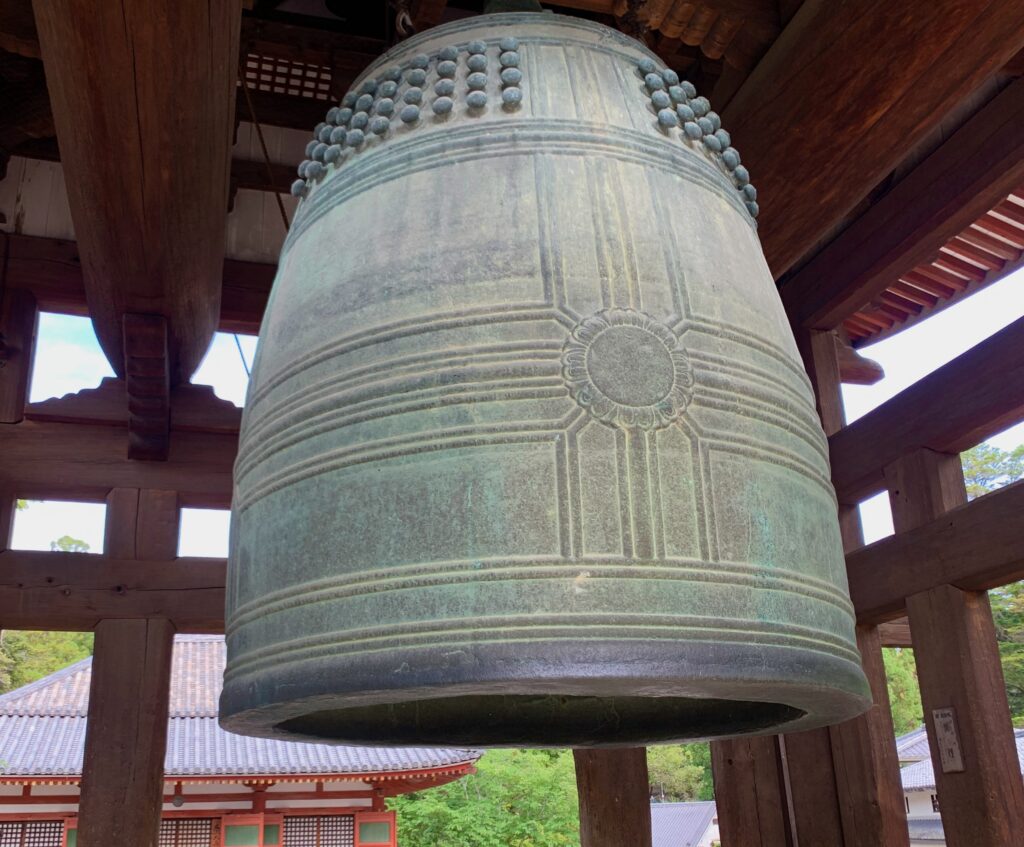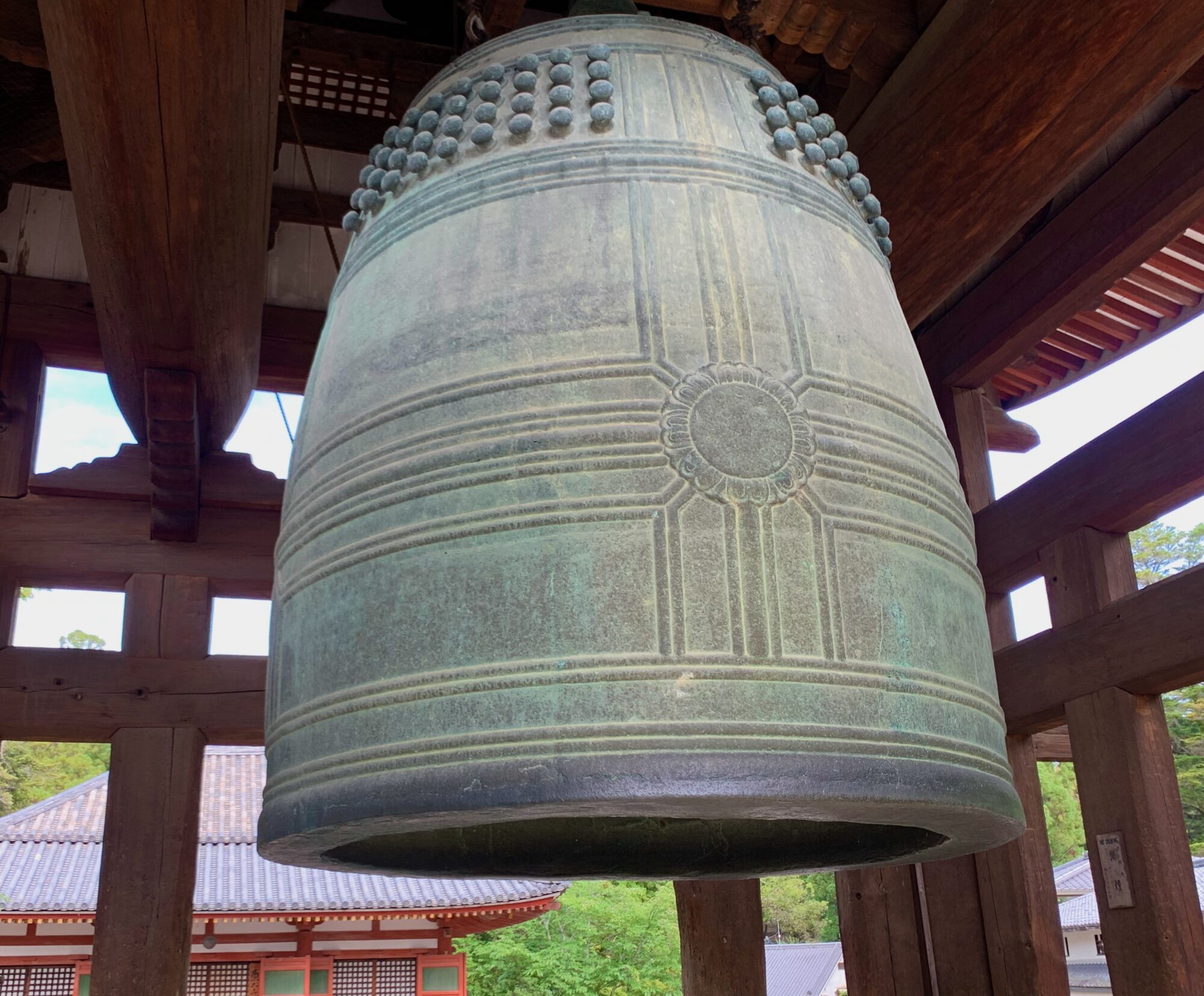Oshōgatsu
In Japan, the New Year festival is the biggest holiday of the year. Steeped in tradition and national values, the holiday includes gift giving, eating traditional foods, drinking nihonshu (sake), and prayer.
In 1873, the holiday was moved to the Gregorian calendar used by the West, setting Oshōgatsu to January 1st. Prior to that, the Japanese lunar calendar system was used. The first few days of the year are recognized as national holidays with state entities and many businesses closed during that time (though retail entities are often closed only on Jan 1).
The traditional foods served at Oshōgatsu, which started in the Heian period (794–1185), employ natural preservation techniques that have been around for centuries. Cured, dried, pickled, and sweetened foods that don’t need modern refrigeration to keep fresh. The collection of these dishes together is referred to as “osechi,” and each dish that makes it up has a special meaning celebrating the New Year. Osechi is consumed in a family setting for three straight days, with limited additional cooking required.
Originally, it was forbidden to use the kitchen hearth to cook meals during osechi (except for ozōni). However, in modern times, soups, mochi, tea, and other low-effort items are cooked. Mochi, rice pounded into a dense, cake-like form, is often broiled and added to soup. It becomes a sweet, sticky meal that is enjoyed by every Japanese from ages 2 to 120.
On the eve of the new year, Buddhist bells are rung 108 times. The ringing represents the 108 earthly temptations and is seen as providing absolution for the sins of the prior year, allowing Buddhists to start the new year with a clean slate.
This is also the busiest time of year for the Japanese Postal Service, as many people and companies send out Oshōgatsu greetings to friends, family, customers, and vendors. It truly marks a rebirth and renewal for all things.

